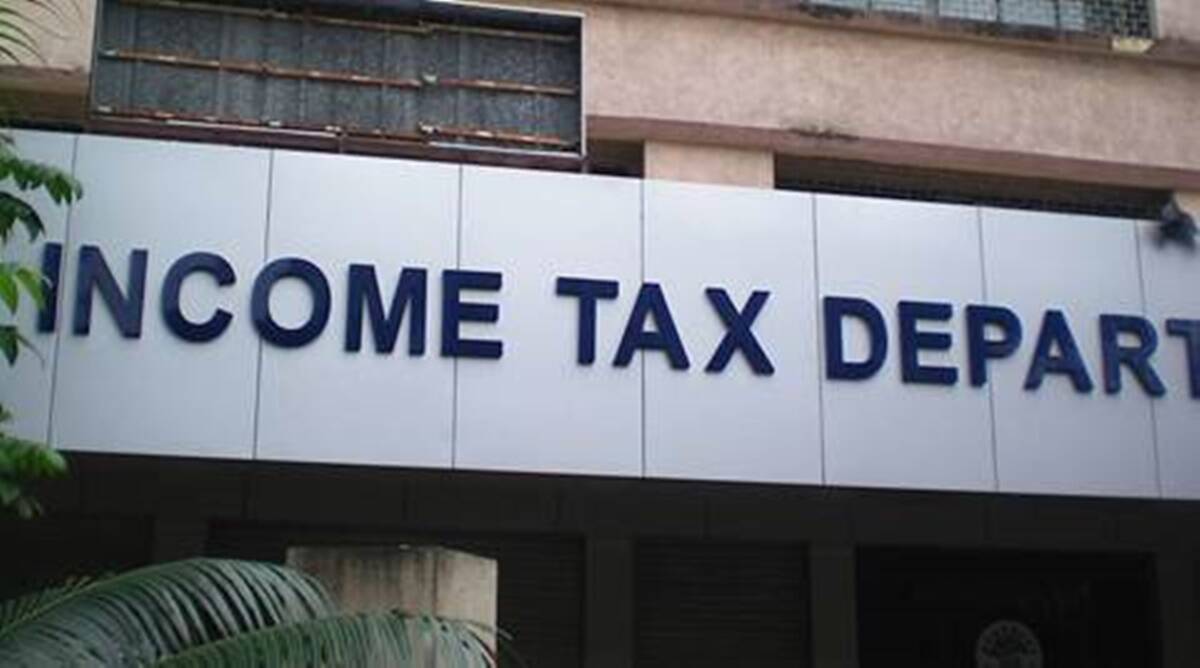INCOME TAX RETURNS: Know when to discard returns
In a surprising move, the income tax department has introduced the ‘discard income tax return (ITR)’ feature on the income tax portal, a step seemingly taken to enhance compliance convenience.
The Discard ITR feature serves as a delete option for income tax returns that have been filed but are awaiting verification. Typically, taxpayers e-verify returns but the option to physically submitting ITRV to CPC remain available, allowing an additional thirty days for verification.
So, what does ‘discard ITR’ entail? To start with, it appears to be a useful feature for taxpayers who may have made a mistake while filing the ITR form and realised the mistake after submission. The ‘discard’ option provides flexibility to delete the wrong ITR, enabling them to fill out and submit an entirely new one. However, before opting for the discard feature, remember that the discard option is only available for unverified ITRs. If the taxpayer has completed the e-verification process, the discard button won’t be accessible, and any necessary corrections must be made through a revised return.
While the discard ITR button facilitates the removal of erroneous returns for a fresh submission, the new filing date should still adhere to the due date specified in income tax provisions. Filing after the due date may result in the return being classified as belated, incurring associated interests and penalties.
Discarding an ITR doesn’t exempt the taxpayer from filing a new return. The income tax portal’s FAQs emphasize the obligation to file a subsequent ITR after discarding an unverified return.
Source:https://www.financialexpress.com/money/income-tax-returns-know-when-to-discard-returns-3334730/
Once an ITR is discarded, the action is irreversible. Taxpayers should exercise caution while choosing this option, as a discarded ITR is considered not filed at all, and the income tax department expects the filing of a new ITR in place of the one discarded.


